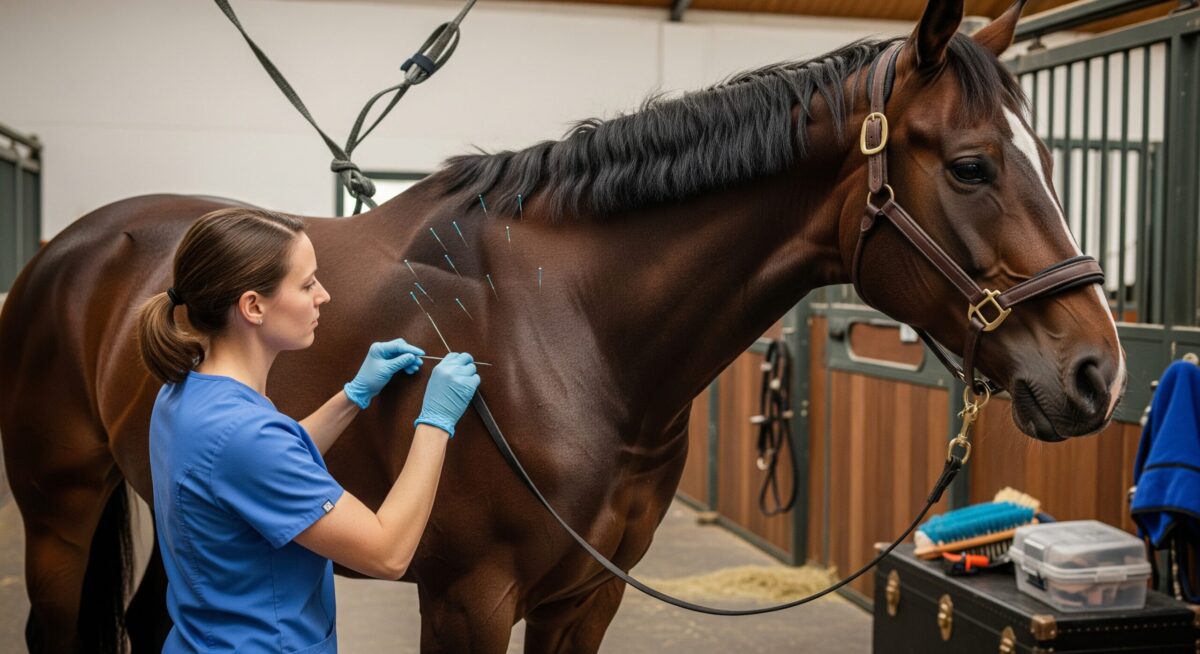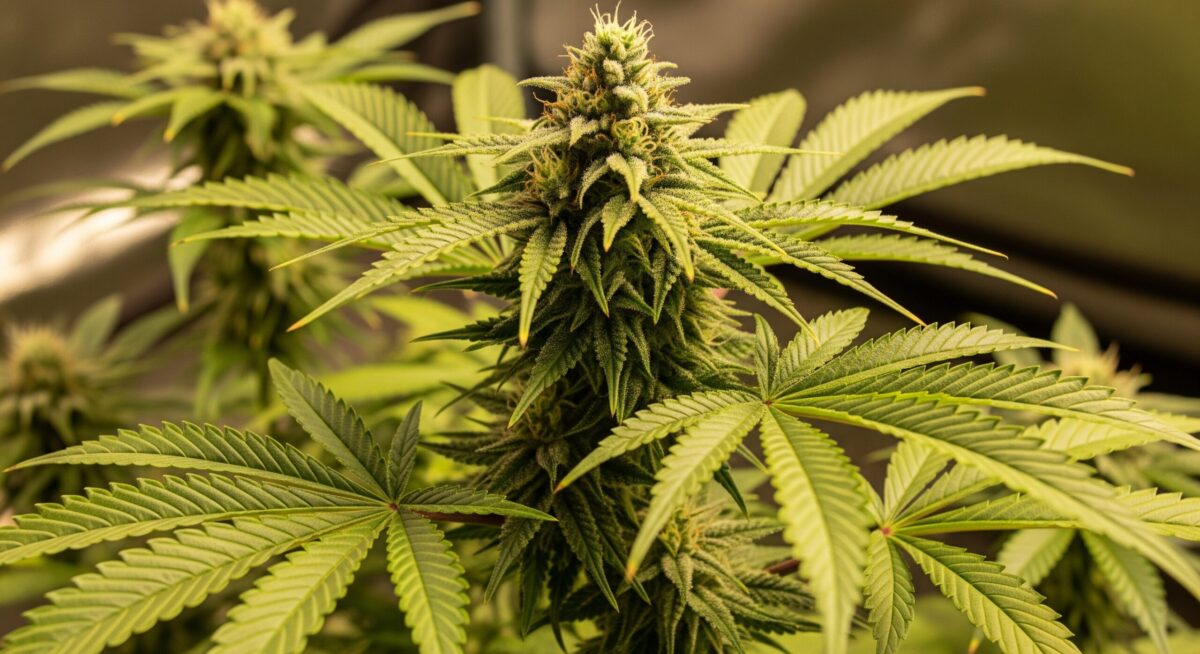Periodontal disease is a prevalent concern among canines, often leading to significant oral health issues. One of the more challenging presentations of this disease is the development of class II furcation defects, particularly in the third and fourth premolars. Such defects can severely compromise the structural integrity of the teeth, necessitating effective treatment strategies to promote periodontal regeneration. Researchers have found that the use of Angelica Sinensis for canine periodontal defects can be helpful.
Study Overview
In a recent randomized study, researchers explored the effectiveness of Angelica sinensis (As) as an adjunctive therapy to Beta-tricalcium phosphate (β-TCP) bone grafts in managing induced critical-sized class II furcation defects in dogs. The study involved six dogs, with a total of twenty-four surgically created defects. Following the reflection of a mucoperiosteal flap, the experimental group received defects filled with a mixture of As granules and β-TCP, while the control group received β-TCP only. Both groups were covered with a collagen membrane, setting the stage for a comparative analysis of healing outcomes.
Key Findings on Bone Regeneration
The results of the study were compelling. At both four and eight weeks post-treatment, the experimental group demonstrated a statistically significant increase in the height of newly formed interradicular bone, surface area, and trabecular thickness compared to the control group. Specifically, the height of newly formed bone increased significantly (p = 0.001 at four weeks and p = 0.0001 at eight weeks), indicating that the combination of As and β-TCP fosters a more robust regenerative response. These findings highlight the potential of using herbal adjuncts to enhance traditional bone grafting techniques.
Immunohistological Insights
Further analysis through immune-histological examination revealed higher alkaline phosphatase immunoreaction intensity in osteoblast cells within the experimental group. This suggests that As not only aids in bone formation but may also stimulate osteoblastic activity, further enhancing periodontal regeneration. Such insights are critical for veterinarians seeking to optimize treatment protocols for periodontal disease in canines.
Conclusion and Implications for Veterinary Practice
The use of Angelica sinensis for canine periodontal defects represents a promising advancement in veterinary dentistry. The study’s findings underscore the enhanced regenerative properties afforded by this herbal adjunct. This suggests that veterinarians should consider its application in clinical settings. As we continue to explore integrative approaches, traditional and alternative therapies may offer the best outcomes for our canine patients.







